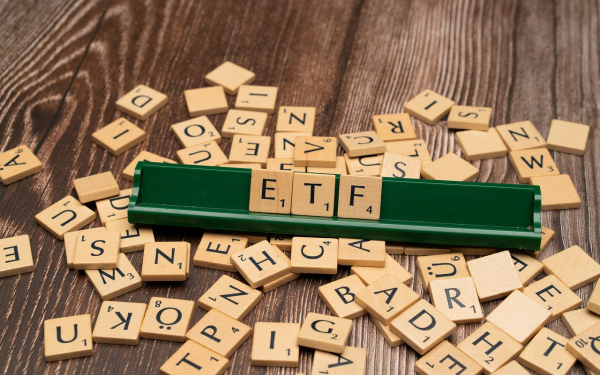
As an alternative investment, commodities play a unique role in diversifying investment portfolios. When selecting commodity ETFs, it’s essential to consider their liquidity, given that exchange-traded funds (ETFs) inherently possess diversified properties, thus reducing the risks and trading costs associated with investing in commodity futures, options, or stocks.
Commodities serve multiple roles in diversified investments. Firstly, the fluctuation in commodity prices is typically unrelated to traditional asset classes such as stocks and bonds, thus reducing overall portfolio risk. Secondly, upward movements in commodity prices help hedge against inflation risks, safeguarding the real value of investment portfolios. Furthermore, the impact of supply and demand on commodity prices provides investors with opportunities by understanding supply and demand dynamics.
For those interested in commodity investments and diversification, the following 8 commodity ETFs might meet their needs:
Each ETF tracks different indices and commodities, has varying expense ratios, and offers diversification based on specific commodities or industry sectors.
The diversified commodity ETF tracks the Bloomberg Commodity Index and invests in futures contracts on 22 physical commodities, including corn, gold, oil, wheat, copper, sugar and pigs. BCD has an expense ratio of 0.3% and a current dividend yield of 4.5%.
This commodity curve spread strategy ETF has an expense ratio of 0.4%, tracking the commodity futures index with positive roll yields, which facilitates investors to arbitrage futures contracts. The so-called positive roll yield refers to the profit made by investors in the futures market by selling short-term contracts and buying long-term contracts at a lower price. In addition, CCRV’s dividend yield is 7.2%.
The oil fund has an expense ratio of 0.6% and tracks the performance of the front-month WTI crude oil futures contract. However, if the contract is due to expire in two weeks, the fund will roll over its holdings to the next month’s contract. USO is not good for long-term investors when the price of forward futures is higher than the price of recent futures, but investors can use this powerful tool to express their views on the short-term trend of the oil market.
This commodity index trust, although with a high expense ratio of 0.75%, invests in energy, metals and agricultural markets and provides diversified value. The index tracked by GSG is the S & P GSCI (R) Total Yield Index.
This electric vehicle metal commodity strategy fund saves investors the trouble of investing in mining stocks themselves by investing in the raw materials needed for electric vehicles. The fund uses futures and other financial instruments to invest in raw materials including lithium, cobalt, aluminum, nickel, iron ore and copper. EVMT’s expense ratio of 0.59% is reasonable for an actively managed fund, and its dividend yield of 5.5% is attractive.
The gold fund does not use futures contracts, but buys physical gold directly and stores it in a vault. Physical gold can be used as a safe haven asset and a store of value, while hedging against inflation and economic volatility. GLD has $56.2 billion in assets under management (AUM) and an expense ratio of 0.4%.
Unlike futures and physical funds, the Gold Miners ETF invests in stocks of gold producers and tracks the NYSE Arca Gold Miners Index, which includes the world’s largest listed gold miners. When gold prices rise, gold stocks have greater potential to rise because of leverage. GDX had net assets of $11.6 billion as of Jan. 31, with an expense ratio of 0.51%.
Under the influence of multiple favorable factors of supply and demand, the demand for uranium as a nuclear power raw material has increased sharply and the price of uranium has risen sharply, so it is time to invest in this uranium ETF. URA tracks the Solactive Global Uranium & Nuclear Components Total Return Index, which invests in companies involved in uranium mining and nuclear component production. The fund has an expense ratio of 0.69% and a dividend yield of 6.1%.